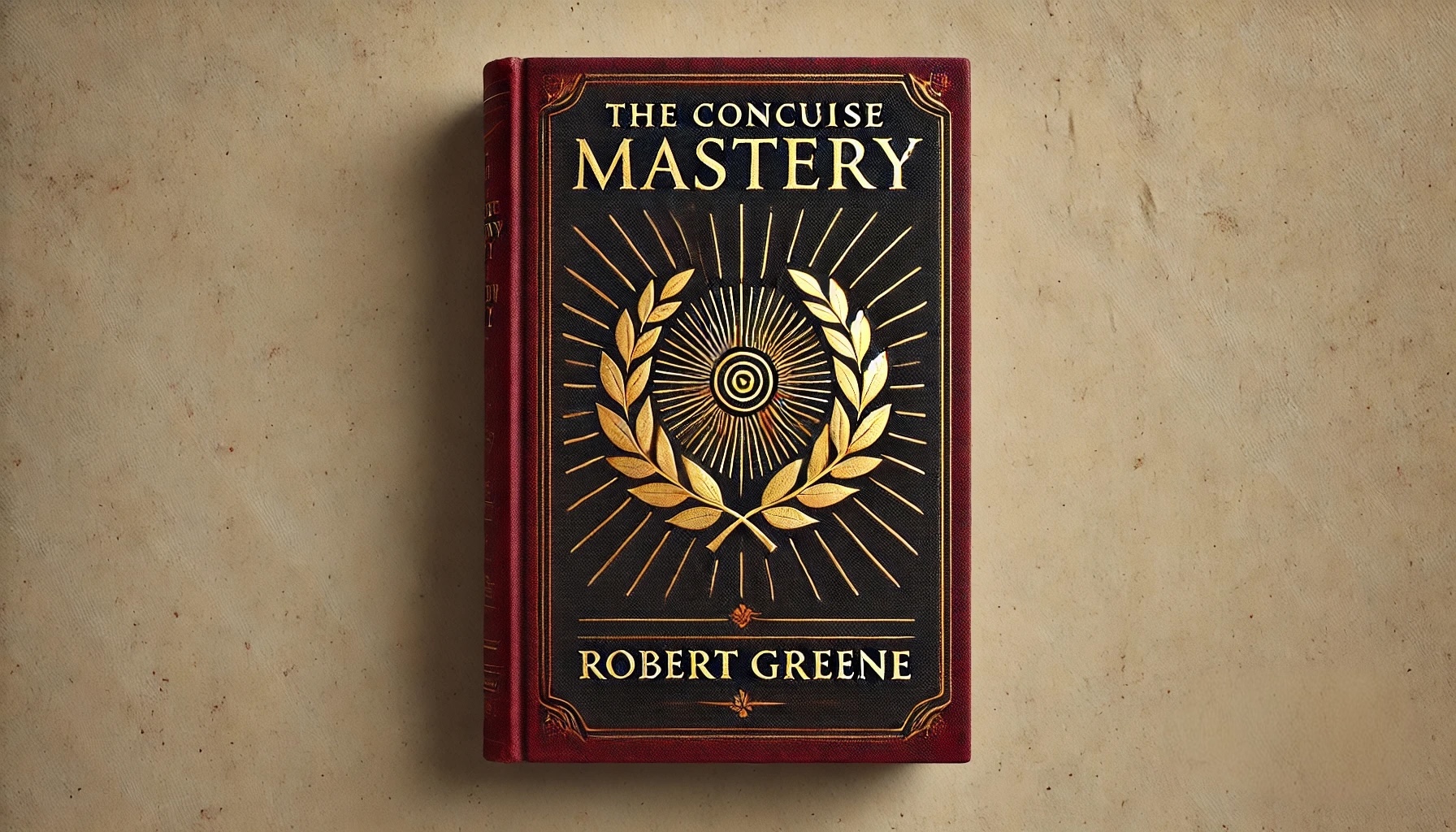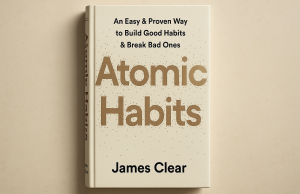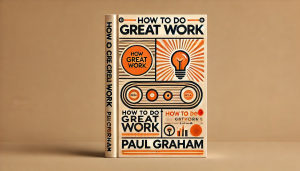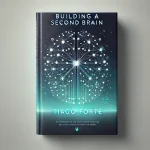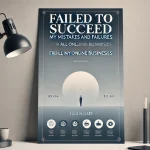A pianist improvising on the piano his eyes shut, swaying gently to both sides, playing without any pauses or thinking, just in an exceptional flow with a sensible passion that makes the emergence of those inspiring melodies inevitable; a chess grandmaster casually seeing twenty moves in advance, analyzing each and every position automatically, developing and executing tactics immediately, despite the last thirty seconds on the clock and eventually noticing the mate in 8 and achieving it with confidence as if the immense pressure due to his last 12 seconds in the final game of the championship was a tiny little factor; a programmer knowing all the commands, functions and algorithms by heart, finding needed solutions for error blocks with a tiny brainstorming, seeing and analyzing the well done’s and improvement points in different apps without much effort as an end-user, finally creating an innovative app that fulfills a significant need of people, which will make him more than 7 figures in the near future: all these fictional people have attained a high level of Mastery in their fields.
This is exactly the point which Robert Greene in his book “The Concise Mastery” aims to inspire us about. How one can attain mastery; how does the path towards it looks like; what the techniques and formulas are, and how to identify the right field to attain the mastery in—one’s uniqueness, and the so called “Life’s Task”. To gain a quick view about the ideology of this book, you can watch the summary by its author here or read and listen to a more detailed summary here on Blinkest.
Because of my current situation, I had a big interest in reading and mastering this book. I had a feeling of being lost; not knowing what to do with my life despite clearly knowing what not to; a desired need to identify my definite and tangible goal to draw my path. Therefore I needed to find a thing that I would never get bored of, had a true passion for and would preserve every challenge and difficulty I’d face while trying to achieve it. But what was that supposed to be, and how was I supposed to find it?
Well, in this blog article we will present the main idea and teachings of this book and discuss about them focusing on the first part “Identifying your Life’s Task” which also has been considered as “the most important part of the book, but not just the book but also of your life” by its author Robert Greene. To my personal taste it was the most interesting and inspiring part either, where I got the most out of, which is why I have just scraped the rest of the book not to miss something important. Even though all chapters were important and useful, they simply aren’t that relevant for me due to the current time phase I’m in. Perhaps later in life, on a further position on the path to mastery I’ll have the desire and need to read it once again, this time focusing on other chapters. But first, I have to find an answer for the question above.
Three Phases of the Path to Mastery
First, it starts with a break down of the path to Mastery into three phases: 1. Apprenticeship; 2. CreativeActive and eventually 3. Mastery. The author concisely describes them: The Apprenticeship is the phase where you build up the foundations and learn the basics about your field. Then the CreativeActive phase: this is the part for discovery and practice. Following these two comes Mastery: in this part you have a deep focus, knowledge and experience in your field, it is described as “Power Intuition”, due to the high-level capability.
However, you have to identify your thing/ your field well that you will intend to attain Mastery in—something you have a true passion, potential, desire and interest for. Let’s have a look at “the most important part of the book, but also our life”in detail.
Identifying your Life’s Task
Many to most of the young people are often influenced by the opinions and thoughts and advices and criticisms of other people—mostly their family and friends but also rest of the society. Even though I’ve read The Subtle Art of Not Giving A F*ck as my second ever self growth-book right after Atomic Habits, I too often find myself combat this challenge here and there.
In our book Mastery however, Robert Greene expresses, that you freely are allowed to let your parents, peers and environment define your (carrier-)path. You might even achieve success. But if you do so, you sure will lack the desire to work later, your work will become boring and monotone, and you will aim for short term-outcomes which all will cause you to stay in the first phase and never reach Mastery:
“You may pick a career path based on what peers and parents tell you, or on what seems lucrative. […] you can have some success in life, but eventually your lack of true desire catches up with you. Your work becomes mechanical. You come to live for leisure and immediate pleasures. In this way you become increasingly passive, and never move past the first phase.” (p. 10)
The single way to prevent this from happening—the single solution is identifying your “Life’s Task” properly, he adds. (cf. p. 10)
What is your “Life’s Task”?
“But what the f is this ‘Life’s Task’!?” you might ask. The author doesn’t delay to give its answer:
“At your birth is a seed planted. That seed is your uniqueness. It wants to grow, transform itself, and flower to its full potential. It has a natural, assertive energy to it. Your Life’s Task is to bring that seed to flower, to express your uniqueness through your work. You have a destiny to fulfill.”
Not much to add to. Your blessed uniqueness has already a tendency to express itself, your single duty is not to prevent it, but rather support it reach it full potential:
“What weakens this force (the desire of your uniqueness to express itself), what makes you not feel it or even doubt its existence, is the degree to which you have succumbed to another forces in life—social pressures to conform. […] If these counterforces become strong enough, you can completely lose contact with your uniqueness, with who you really are. Your inclinations and desires become modeled on those of others.”
Three Stages of Realizing your Life’s Task
- Connecting with your inclinations—signs in the past of that unique inner voice and force
- Choosing or Redirecting your path according to your inclinations, strengths and interests
- Viewing the career path as a journey instead of a straight line, and expanding your knowledge
Even though the last two are pretty self explanatory, we need some exploration to return to and connect our inclinations. Let’s dive into the strategies to find our Life’s Task that are mentioned in the book.
Strategies for finding your Life’s Task
1. Return to your origin
You simply time travel to your past—to your childhood and look for interests, attractions, inclinations and signs for true passion. No need to overcomplicate this:
“You will find early signs of these […] interests in your childhood, in the form of certain inclinations or attractions […] Look for its traces in visceral reactions to something simple; a desire to repeat an activity that you’re never tired of; a subject that stimulated an unusual degree of curiosity; feelings of power attached to particular actions. It is already there within you. You have nothing to create; you merely need to dig and refine (what has been buried inside of you all along) it.”
2. Occupy the perfect niche
You also have to identify the “perfect” niche—the field that you are the best in, and most likely to dominate, the field that is not occupied yet and is truly aligns with your strengths, inclinations and interests. In order to find such a niche you will have to narrow it down until you possess what you want.
“You narrow down your niche until your reach a total unoccupied one, which corresponds to your uniqueness; sets you apart from others”
The most common mistake is to avoid is starting with a large and already occupied niche and then trying to narrow down, where as the “starting small and expanding then” framework works better:
“Once you have mastered your first field, you look for other subjects or skills that you can conquer […] You can now combine this added field […] to the original one, perhaps creating a new field […] You continue this process as long as you wish, ultimately you create a field that is uniquely your own.”
3. Avoid the false path
A “false path” is defined by false attractions and intentions which include the desire for money, fame, attention or even the fulfillment of parents’ wishes. But if one follows these and draws their path on such false reasons, they are unlikely find the fulfillment they crave because of the lack of interest and correspondence. In case you have already realized that your are on a false path, you have to take immediate action to prevent it. The earlier the better:
“If you are on a false path, actively rebel against those forces. […] Let your sense of rebellion fill you with energy and purpose.”
4. Let Go Of the Past
The human being instinctively tends to think about the past and get into various emotional modes. In Mastery the author underlines that one has to be rational, not emotional, that you are committed to a single goal which is to give your Life’s Task full expression, so your loyalty is neither to a career, a company nor a particular position.
Moreover, “Change is inevitable”, Robert Greene indicates. You always have to be flexible trying to adapt yourself to changes and circumstances.
“You do not hold on to past ways of doing things, because that will ensure you will fall behind and suffer from it. […] If something changed don’t feel sorry for yourself, instead look for a way to adopt your experience, interests and inclinations to a new direction.”
You need to keep reminding yourself of this fact and avoid over-dramatizing your past, so you don’t lose focus on your original goal.
“Your eye is on the future not the past.”
Other than that you also have to keep reminding that you are alone on the way to figuring out these things; finding and expressing your Life’s Task—your uniqueness:
“It is up to you fin and guide it correctly. Not anyone who love and protect you, You are on your own.”
5. Find Your Way Back
You will only move away from your destined path, while searching for easy sources of money. The deep emptiness will always be there, despite the material satisfaction.
What you have to do instead is to rediscover your true calling by returning to your roots— your true purpose by reflecting your already blessed passions, strengths, interests, and inclinations. This sure won’t be easy, yet one must resist the discomfort to fulfill their Life’s Task, the author emphasizes.
“In the end, the money and success that truly last not come to those who focus on such things as goals, but rather to those who focus on mastery and fulfilling their Life’s Task.”
In conclusion, one has to return to their childhood, identify their talents and passions, occupy a tiny yet relevant niche for their capabilities, dominate that niche and expand it while avoiding all the false attractions and intentions as well as adapting to changes in order to fulfill their Life’s Task—bring their uniqueness to full potential.
Since this part was the most interesting and inspiring to my personal taste, I desired to reflect it in detail. I will share my notes of the following chapters as bullet points to give you a whole insight of the book while not boring you.
Three steps of apprenticeship:
- Deep Observation – the passive mode
- Skill Acquisition – the practice mode (start with one; then expand)
- Experimentation – the active mode
Strategies for Completing the Ideal Apprenticeship
- Valuing Learning over Money
- Keep Expanding Your Horizons—struggle against limitations and expand your view
- Revert to a feeling of inferiority—acquire child focus at learning (better than adults)
- Trust the process—”Faith removes limitations” —Napoleon Hill
- Move toward Resistance and Pain—avoid gentleness to yourself; suffer, improve & invent
- Apprentice yourself in failure—fail to learn and succeed
- Connect the how and what—acquire the knowledge behind the scenes—how things work
- Advance through trial and error—Don’t follow a rigid, single life path.
The Mentor Dynamic
The mentor-protégé relationship is the most efficient and productive form of learning.
“The single shortcut to mastery.” —Robert Greene
(Pretty much skipped—not that relevant to me right now. But very important.)
Strategies for acquiring social intelligence
- Speak through your work—let your work make the noise, stay humble
- Craft the appropriate persona—be ideal (to avoid distracting judgements of people)
- See yourself as others see you—be objective to see and improve your weaknesses
- Suffer Fools Gladly—humble and ignore foolish opinions
Three Steps of Creative Process
- The creative task—identify; study & master; plan
- Creative Strategies—experiment and explore
- Breakthrough—overcome challenges; persist and find solutions
“Whenever your work begins to feel stale, you must return to the larger purpose and goal that impelled you in the first place. By constantly reminding yourself of your purpose, you will prevent yourself from fetishizing certain techniques or from becoming overly obsessed with trivial details.” ⇒ RECALLING YOUR WHY AND WHAT OVER AND OVER AGAIN.
Strategies for Attaining Mastery
- Connect to your environment—stay observant; uncover unique opportunities.
- Play to your strengths—focus on your natural talents and passions
- Transform yourself through practice—focused practice to improve and evolve continuously
- Submit to the other—Learn with humility from mentors, peers, and adversaries
- Synthesize all forms of knowledge—Combine insights from various fields
